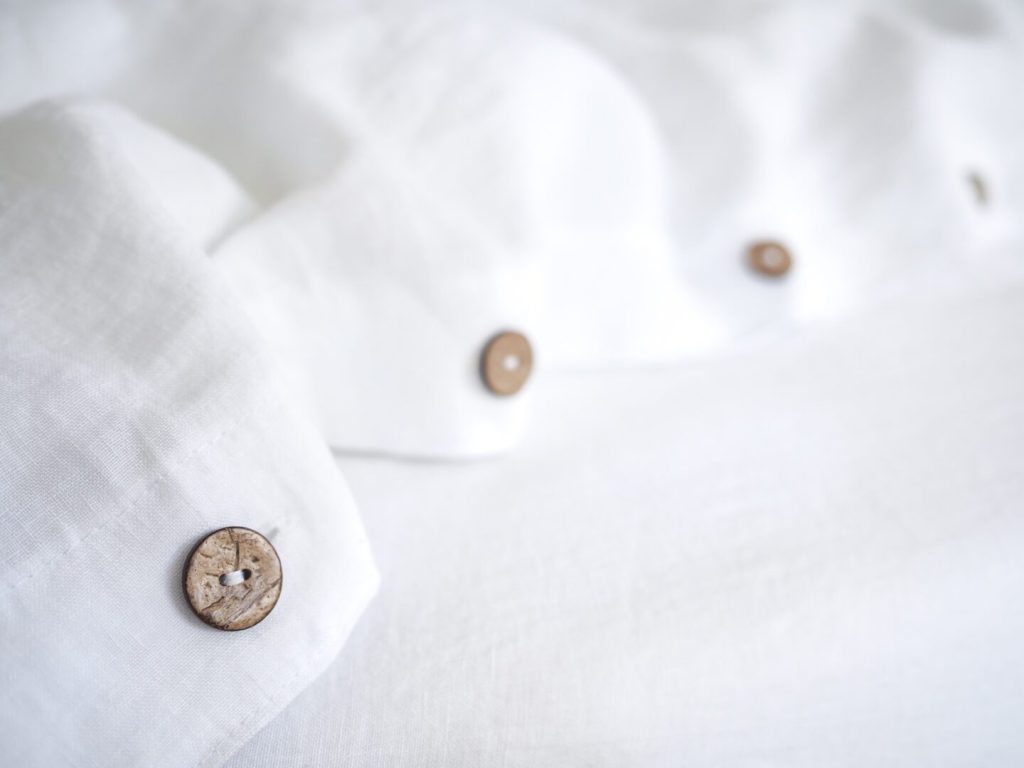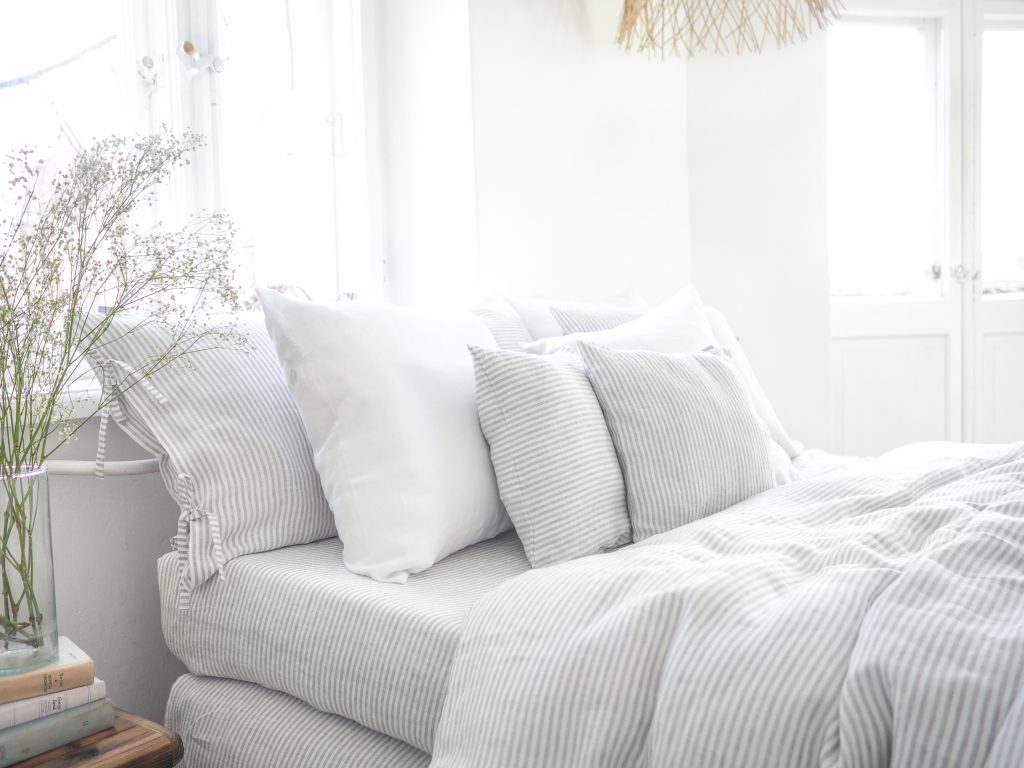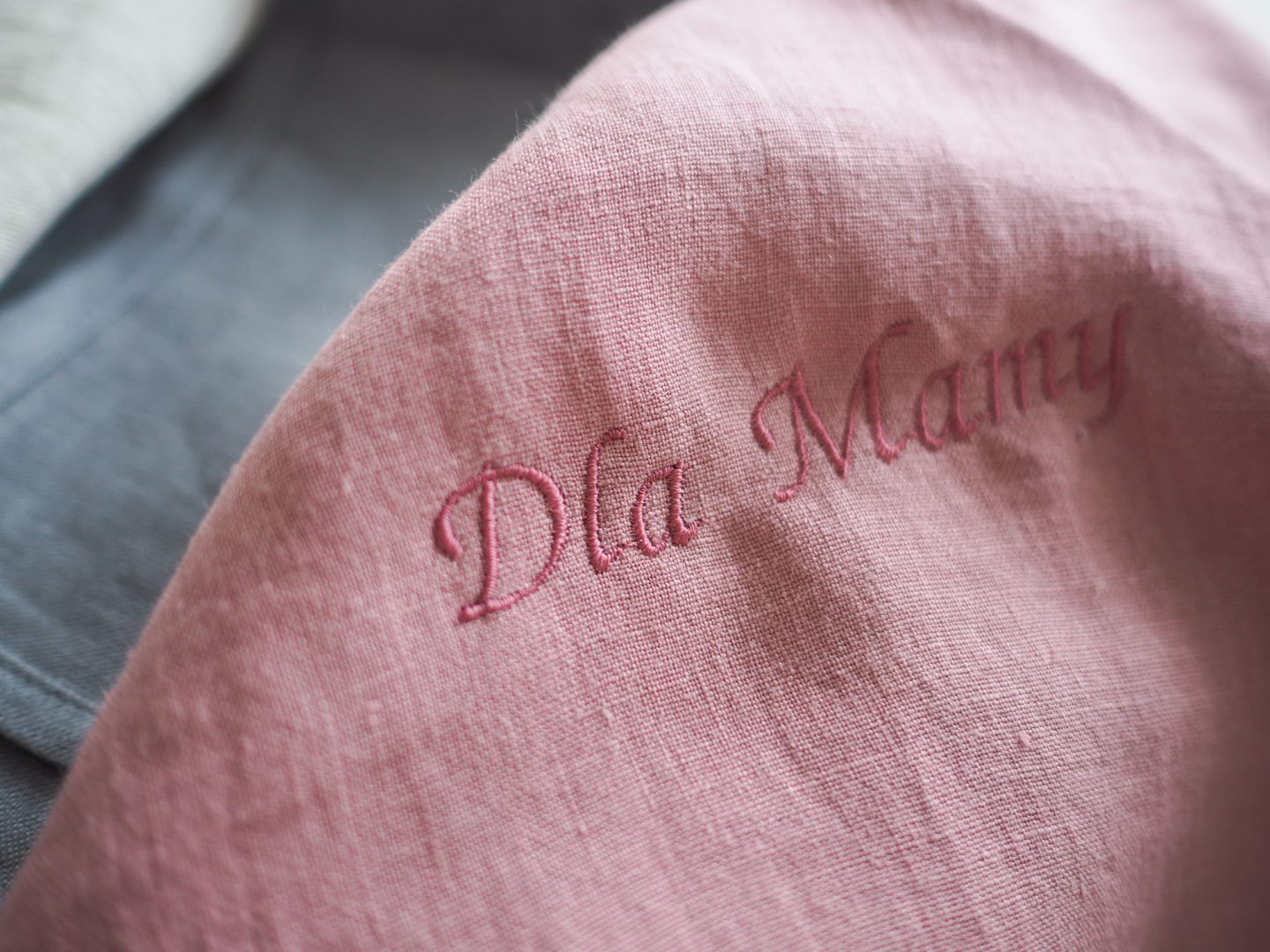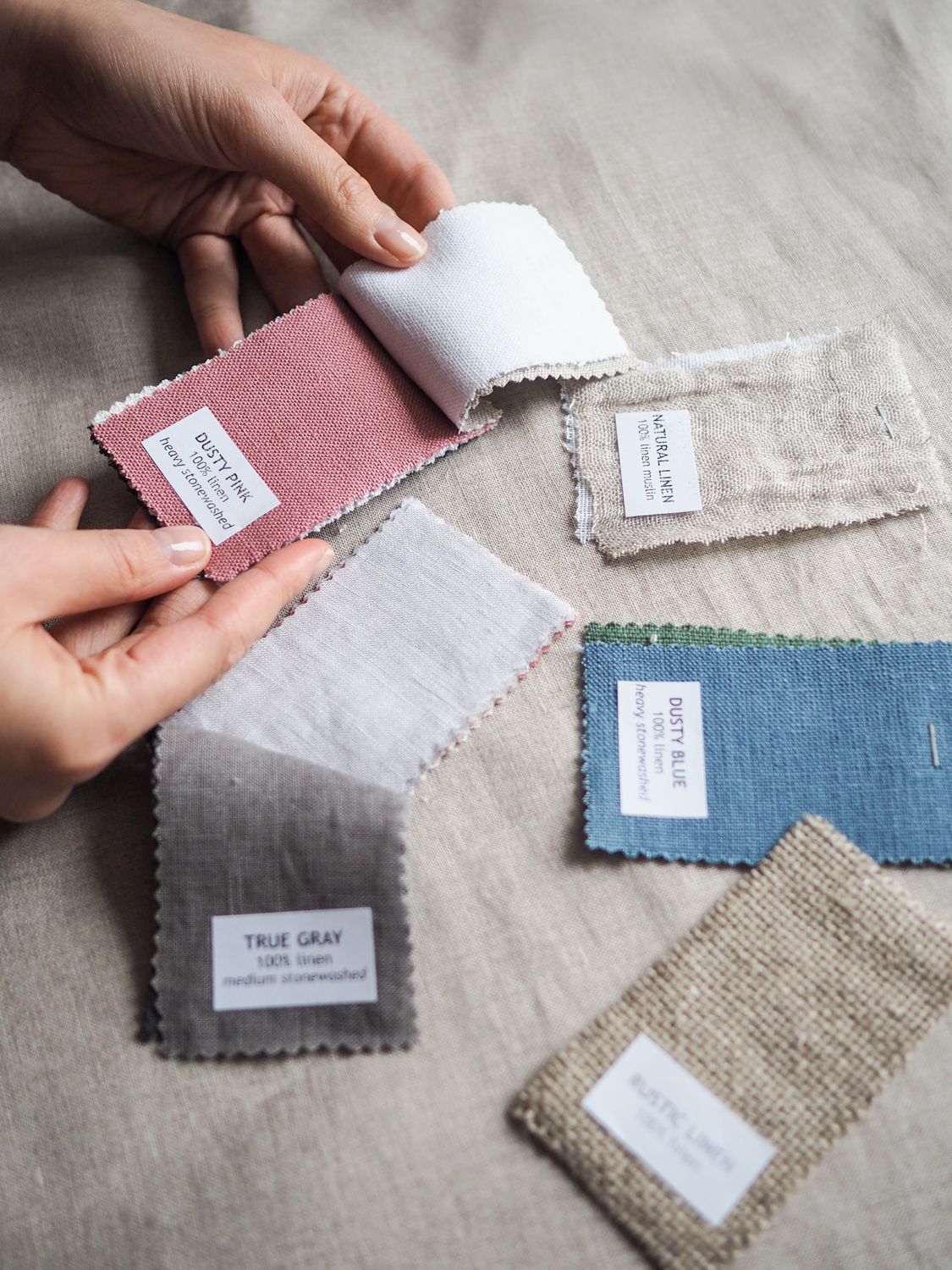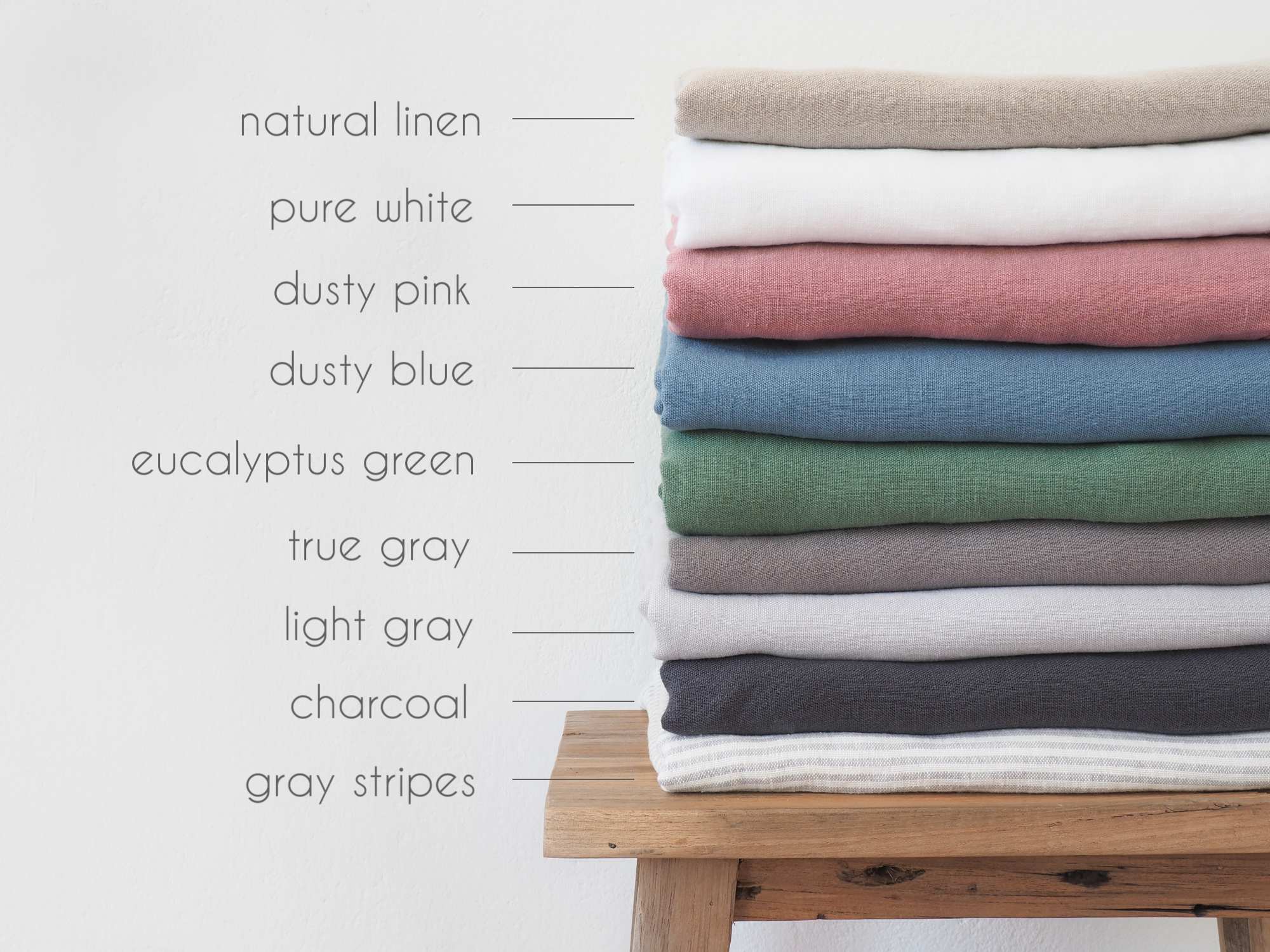Uncategorized
Properties of linen bedding
Each of us loves quiet mornings, when we sit in bed until noon, eat fresh toasts with homemade jam or sip hot aromatic coffee with milk. These special moments require equally exceptional coziness, a long-lasting smell of fragrant, fresh bedding, lightness and soothing warmth – and not just during the weekend laziness.
Speaking of a peaceful dream, we believe that not only the right air temperature, silence and evening care ritual are important, but also carefully selected bedding. The most unique and magical fabric – linen – perfectly meets the most sophisticated requirements.
MICROFIBER, FLANNEL, COTTON OR LINEN?
Currently, on the store shelves you will find bedding made of many, different fabrics – for the purpose of this entry we have chosen for you some of the most popular ones.
Microfiber is a synthetic fabric, which is a mixture of very thin polyester and polyamide fibers. The result is a fabric which is distinguished by the fact that its fibers are 10 times thinner than silk and 100 times thinner than human hair. In the end, therefore, we get a relatively soft, but extremely artificial fabric, which is especially popular in the creation of duvet cover or pillowcases. The microfiber itself is durable and due to its properties it does not need to be ironed. However, it is worth emphasizing that the bedding, which is made of this material, is artificial, and therefore does not flatter our skin and can cause sensitization. A synthetic that does not breathe does not have thermoregulatory properties, so it will not work on hot summer nights or very cold evenings.
Flannel is a cotton or woolen fabric, with a very soft and big weave. The fibers used have thermoregulatory properties, thanks to which it is very often used to create autumn sweaters, thick shirts or winter coats. It is worth remembering, however, that the structure of flannel is finished with a mishmash, which will not quite work in summer or hot spring.
For the production of cotton bedding, cotton fibers are used (although manufacturers like to “smuggle” to the composition a bit of an artificial substitute). The fabric itself is easy to care for and breathable, so its slightly rough texture will not appeal to everyone (especially toddlers who prefer delicate and soft bedding).
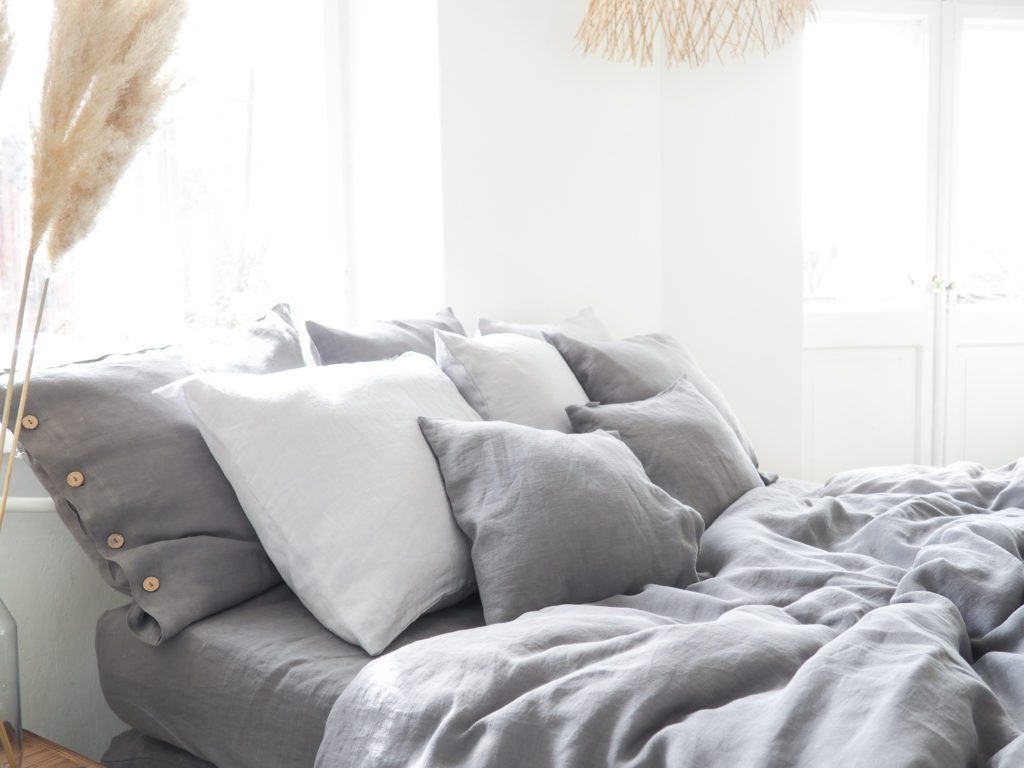
LINEN BEDDING PROPERTIES
While the fabrics listed above are popular, relatively cheap and appear on our beds extremely often, they have a serious competitor – linen. What properties does linen bedding have?
All our sheets i duvet covers lub ,pillowcases are made from 100%, eco-friendly linen.
This natural fabric has thermoregulatory properties, which make it is much easier to maintain a proper, natural body temperature. By maintaining the optimum temperature, we feel a pleasant coolness in summer and cozy warmth in winter.
The naturalness of the fabric and the lack of allergenic dyes during production will certainly be appreciated by allergy sufferers, whose skin requires special care. They will be also loved by toddlers who want to fall asleep in a soft crib. What’s more – the lack of pesticides, chlorophenols, formaldehyde and the absence of synthetic admixtures benefits our environment, so we fall asleep with the feeling that our planet is protected and safe.
Linen bedding is also extremely easy to care for – the strength of the weave and resistance to sun rays and heat makes it possible to dry it on a string on our balcony, and to get rid of possible stains a natural cleansing agent will be enough. You get a fabric that you can use for many years, without worrying about stretching or tearing as a result of weakened fibers. It also looks great what you can see on our Pinterest.
